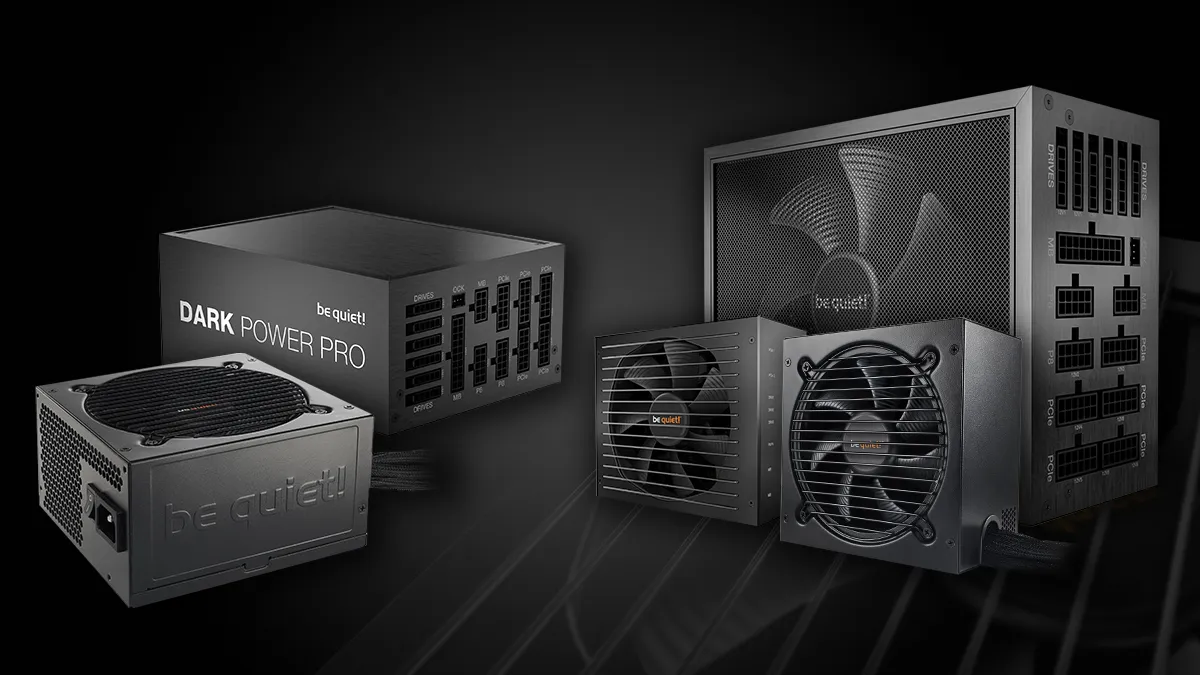Building a new PC is an exciting endeavour, but one of the most critical—and often overlooked—components is the Power Supply Unit (PSU). Choosing the right PSU is the foundation of a stable, efficient, and reliable system. Too little power, and you risk system crashes and potential damage to your components. Too much, and you’re wasting money on unused capacity.
To eliminate the guesswork and empower builders of all skill levels, we’ve developed a comprehensive and easy-to-use Power Supply Calculator. This tool is designed to give you a precise wattage recommendation based on your specific components, ensuring your new rig gets the clean and stable power it needs.
Why Is the Right PSU Wattage So Important?
Think of the PSU as the heart of your computer. It takes the AC power from your wall outlet and converts it into the DC power that every single one of your components needs to operate.
- Stability is Key: An underpowered PSU will struggle to meet the demands of your components, especially under heavy load like gaming or video rendering. This can lead to random shutdowns, reboots, and the infamous “Blue Screen of Death.”
- Component Longevity: Providing components with inconsistent or insufficient power can stress them, potentially shortening their lifespan.
- Efficiency and Headroom: A good PSU runs most efficiently at around 50-60% of its maximum load. Our calculator automatically includes a 20% headroom over your system’s peak power draw. This not only keeps the PSU in its efficiency sweet spot but also gives you room for future upgrades without needing to buy a new power supply.
A Step-by-Step Guide to Using the Calculator
Our calculator features a clean, materialistic design and updates your recommended wattage in real-time as you select your parts. Here’s how to use it:
1. Start with the Core Components
This section covers the biggest power consumers in your system.
- CPU Socket: Select the socket type for your processor (e.g., Intel LGA 1700, AMD AM5). While this is for informational context, the CPU selection is what matters for wattage.
- CPU: Choose your processor from the dropdown list. We’ve included popular models from Intel and AMD. If your specific CPU isn’t listed, you can select “– Custom –” and manually enter its TDP (Thermal Design Power) in watts.
- Graphics Card (GPU): This is often the most power-hungry part of a build. Select your GPU from the extensive list of NVIDIA and AMD cards. A “Custom” option is also available here.
- Motherboard: Select the form factor of your motherboard (ATX, Micro-ATX, or Mini-ITX). Larger boards generally have more features and draw slightly more power.
2. Add Your Memory & Storage
Every component adds to the total.
- RAM Sticks: Enter the total number of RAM modules you will be using.
- NVMe SSDs: Input the number of high-speed NVMe drives.
- SATA Drives: Enter the combined number of 2.5″ SSDs and 3.5″ hard drives.
3. Factor in Peripherals & Overclocking
These final touches are crucial for an accurate calculation.
- Case Fans: Add up all the fans in your case, including any on AIO radiators.
- Overclocking: This is critical! If you plan to overclock your CPU or GPU, be sure to check the corresponding boxes. Overclocking significantly increases power consumption, and our calculator will add a buffer to account for this extra load.
Understanding Your Results
Once you’ve entered all your components, the panel on the right will instantly display your Recommended PSU Wattage. This number isn’t just the sum of your parts; it represents the total load wattage plus a 20% headroom to ensure stability and efficiency.
Below the wattage, you’ll find Top Rated Suggestions. These are popular, well-regarded PSU models that meet or exceed your recommended wattage. To make your shopping experience easier, each suggestion includes a link that performs a search on Amazon for that product, with our site’s affiliate tag automatically applied. This allows you to view current pricing and availability with a single click.
This tool was built with modern web technologies (HTML, Tailwind CSS, and JavaScript) to be lightweight, fully responsive, and easily embeddable into any website or blog, providing a valuable resource for PC builders everywhere.

